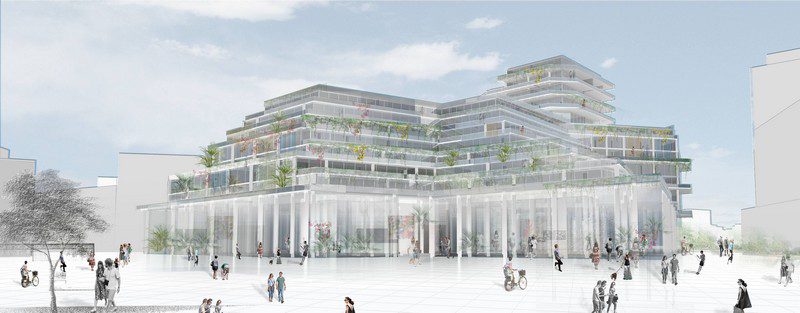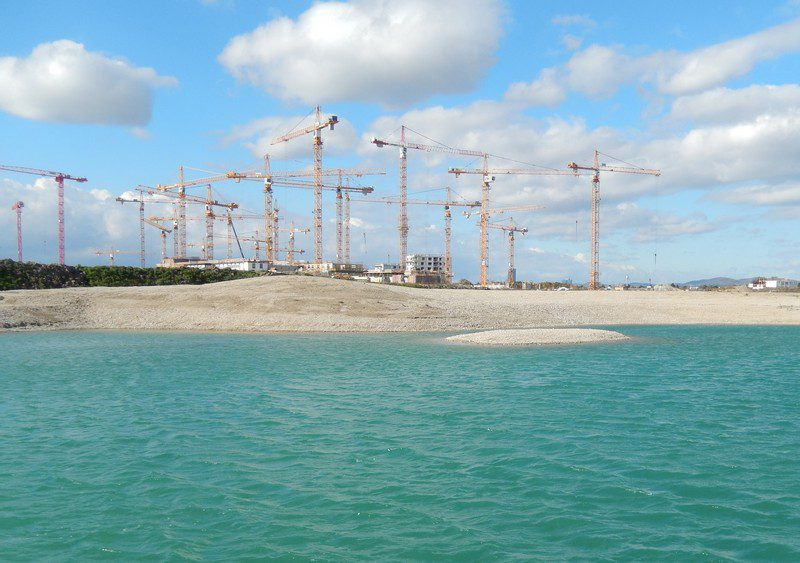BIENNALS:Vienna 2015
 The Vienna Biennale is the first event of its kind to combine art, design, and architecture, with the aim of generating creative ideas and artistic projects to help improve the world. Its category-spanning, interdisciplinary approach and combination of artistic ambition and the creative economy open up new perspectives on central topics of our time and thus promote positive change in our society.
The Vienna Biennale is the first event of its kind to combine art, design, and architecture, with the aim of generating creative ideas and artistic projects to help improve the world. Its category-spanning, interdisciplinary approach and combination of artistic ambition and the creative economy open up new perspectives on central topics of our time and thus promote positive change in our society.
By Dimitris Lempesis
Photo: Vienna Biennale 2015 Archive
With examples of creativity from a wide range of disciplines, the premiere of the biennale is dedicated to the theme of “Ideas For Change” and opens up new, interdisciplinary paths for positive change in our society. The starting point and connecting theme of the projects of the Vienna Biennale are the potentials and problems of cities, which are examined from various perspectives. Against the background of Digital Modernity, the “Vienna Biennale 2015: Ideas For Change”, as the thematic title indicates, aims to inspire visitors to make the world a more livable and sustainable place with a series of exhibitions, performances, workshops, and lectures. “The Performing Public Art Festival” is a public festival showcases examples of the breadth of new public art with nine acts by artists and groups from Austria and beyond. A complementary exhibition at the Angewandte Innovation Laboratory examines the short history of performance-based public art and documents the participating artists with their contributions. “Mapping Bucharest: Art, Memory, and Revolution 1916–2016” is dedicated to the art scene in Bucharest and Romania and explores the potential of a pan-European cultural sphere against the background of avant-garde movements. Beginning with the Romanian avant-garde, the exhibition gathers knowledge about contemporary art, memory, and the metaphor of revolution. The award-winning entries to the idea competition “Create Your Bucharest” are also shown as part of the exhibition. “2051: Smart Life in the City” examines a possible alternative future for life in the city. As an antithesis to the often negative utopias for urban development, the exhibition project examines the role of design as a tool for positive change. Ten teams developed ideas for urban life in the future, which can now be tested. As “demonstrators” integrated throughout the metropolitan area of Vienna, they aim to become part of the process of change and the collective design of the city. “Uneven Growth: Tactical Urbanisms for Expanding Megacities” advances the international dialog on the growth of global metropolises. In 2030 the earth’s population will grow to a gigantic eight billion people. Two-thirds of them will live in cities. Uneven Growth brings together six interdisciplinary teams of experts to test new architectural possibilities for six global metropolises: Hong Kong, Istanbul, Lagos, Mumbai, New York and Rio de Janeiro. Why is it that some features of the old Enlightenment have crept back and are now being revisited in art, activism, and theory? As part of the project “Future Light”, three strands of thought and action emerge in radically altered forms: non-penetrating light, the individual subject as reworked by the politics of queer feminism and its polymorph desires, and the public sphere reconceived through and as commons and commoning. Each of these focuses will take shape in a different setting, accompanied by an ereader as well as the mini symposium “Politics of Shine”. As part of Future Light is presended the group exhibition “Escaping Transparency”. With the exhibition “Pauline Boudry / Renate Lorenz. LOVING, REPEATING”, Kunsthalle Wien is showing the third part of Future Light. The exhibition shows a gigantic video-installation which presents the works Opaque (2014), To Valerie Solanas and Marilyn Monroe in Recognition of their Desperation (2013), and Toxic (2012). In dramatically staged situations, the artists show how new desires emerge when the past is recreated with an eye to the future. The atmospheric installation includes a stage and a series of new sculptures. As part of the project “aspern INTERNATIONAL. Ideas for Change: an international view”, seven European architecture offices were invited to develop ideas for a plot in aspern Vienna’s Urban Lakeside. A reinterpretation of Viennese traditions aims to make alternative approaches to urban architecture possible. The exhibition manifesto “The Art of Working: Agency in Digital Modernity”, presents models and directions for the future of human work in the digital age and is conceived as the beginning of a wide ranging, interdisciplinary engagement with the future of work in the context of Digital Modernity. In the context ofthe manifesto, Marlies Wirth has curated the exhibition “24/7: the human condition”, which includes a broad spectrum of artistic positions from a younger generation in the context of the art scene in Vienna and beyond. Between longing and the pressure to perform, identification and opposition, recognition and exhaustion, the traces of humanity are inscribed in the unstoppable machinery of the information age.
Info: Vienna Biennale 2015: Ideas For Change, Vienna, Duration: 11/-4/10/15, www.viennabiennale.org














